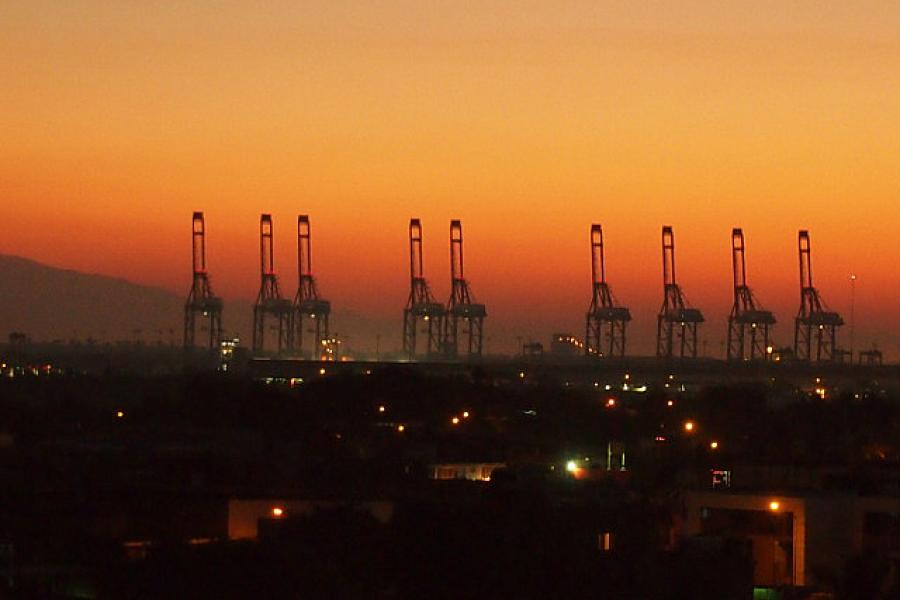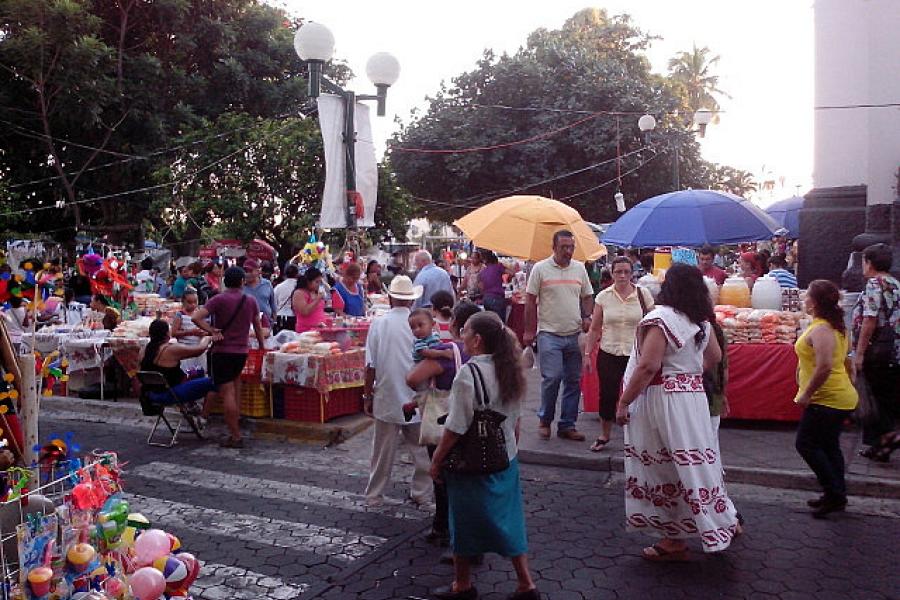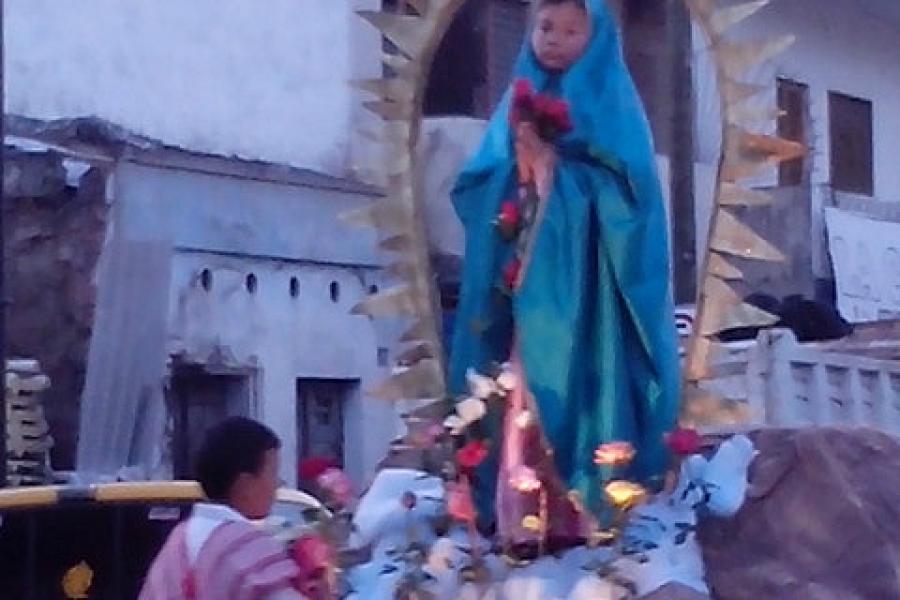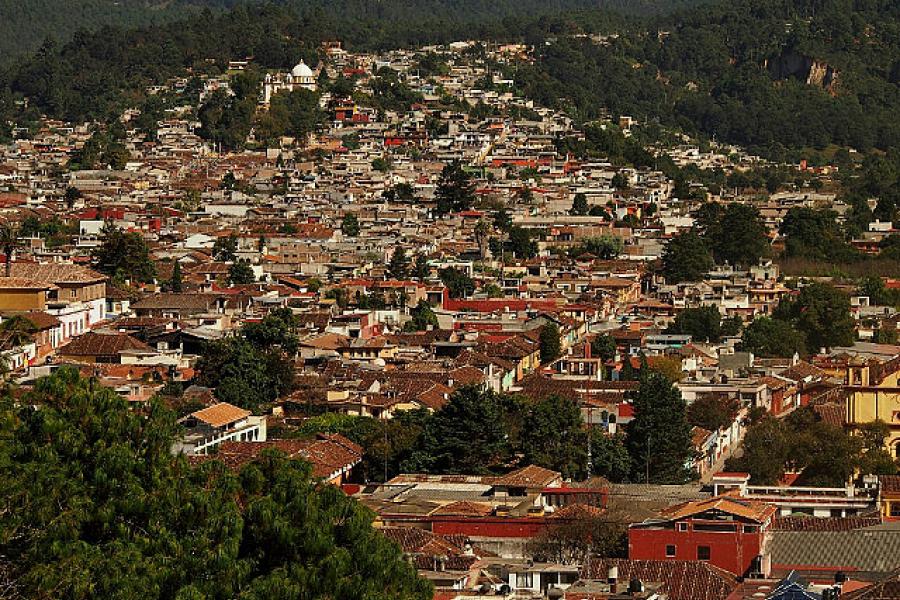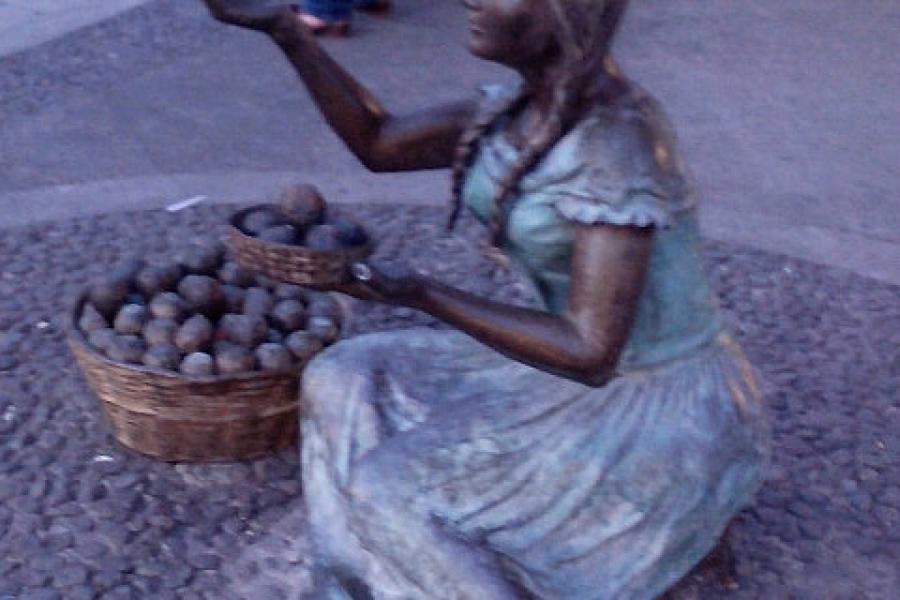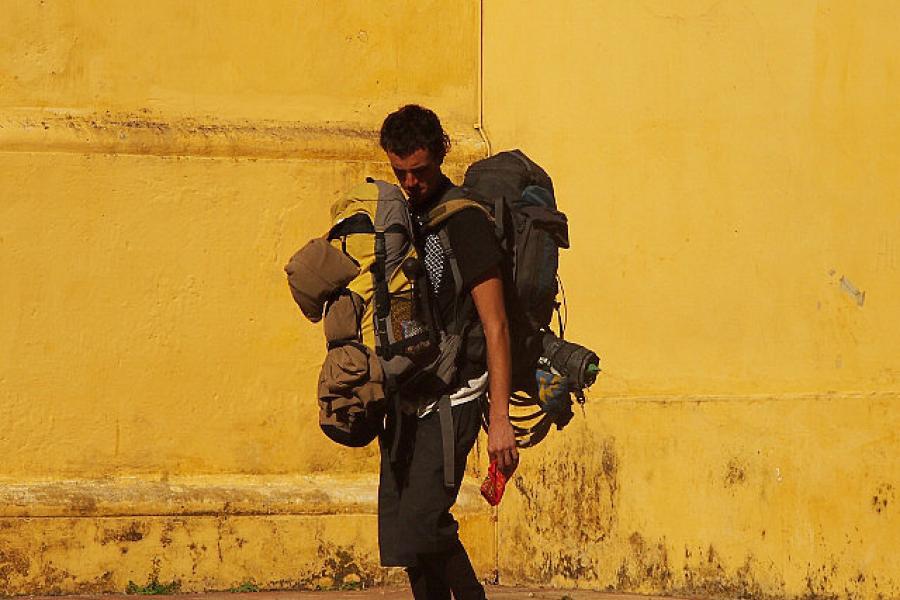The South West Coast (Originally posted 16 Dec 2013)
Country
After "Huehue", San Cristobal de las Casas was a different type of town altogether. This was a tourist town to its bootstraps complete with trendy restaurants, walking streets and stalls aplenty selling tribal handicrafts. As San Cristobal also provided an excellent jumping off point for tours to various pre-Spanish ruins and a number of national parks, it was at the top of the backpackers' must see list.
Our enjoyment of the place was a little diminished by a poorer than usual hotel but we found one delightful feature easily overlooked. A short walk from the main square the Amber Museum turned out to be one of the best small museums we have seen anywhere. The place was tiny, filling no more than two small rooms, but was so packed with information and wonderful exhibits that it took us a full hour to work our way through. No amount of excellent museum visits, however, would have kept us too long in our chilly, smelly hotel room.
After considering the options (few), we decided to re-run our crossing of the plain near La Ventosa, hoping that the “occasional” strong wind event we had met a few days earlier had passed. By the time we reached the forest of turbines that worried us on the first crossing, Elephant was flying and we were making great time in very favourable conditions. We were not surprised to find a thousand huge wings rotating slowly in the breeze. We pressed on west, intent on exploring the coast on our way to our Christmas break.
The southern Pacific coast of Mexico is beautiful everywhere, but varies greatly in the level and style of development. The areas easily accessed from the big cities of the interior have had 100 years of development as holiday or tourist resorts. The biggest of these, Acapulco, is well known but others like Puerto Escondido have been around as long. These are interesting places to explore as they often show evidence of waves of development over the decades. In Puerto Escondido, the original fishing port remained and the oldest hotels around it had found a new role as a cheap family holiday resort. Just up the beach, more expensive accommodation and up-market restaurants marked out the place for package surf holidays. Further up the beach again, the place starts to look decidedly Noosa-esque. Acapulco was also like this, but writ-large, its heydays and depressions clear in glittering and crumbling towers.
Some of the smaller places, like Zipolite, are clearly on the hippy trail (yes Alice, it still exists). The new breed of hippies still wears the trademark harem pants and dreadlocks but these days they sit around drinking espresso at $3 a cup and playing with their laptops. Recycled kombi vans are optional. Other villages, the ones that take several determined hours on poor roads to reach are completely undeveloped with their makeshift housing clustered at the back of a beautiful bay and the inhabitants still making a living through low level fishing, farming and grazing. An idyllic lost world for sure, but one of relative poverty.
And then there are the ports and commercial towns like Lázaro Cárdenas, each busy and congested and always in a hurry. The foreigners in these places are the crew of container ships from Taiwan or Korea intent on a meal ashore and a few beers free of their never ending duty roster. These are always interesting places for us to wander and watch the everyday life of working Mexicans which are, from what we can see, the same as ours in every important way, but in Spanish.
The weather along the coast was oppressively hot, our riding suits had started to stink and we had begun fantasising about riding in the cool mountains again. We calculated the time and distance to our Christmas break and, with no more planning than that, we turned east again towards the city of Guadalajara a megopolis of more than four million souls and Mexico's second city. It was a decision that would alter our view of Mexico once again.


